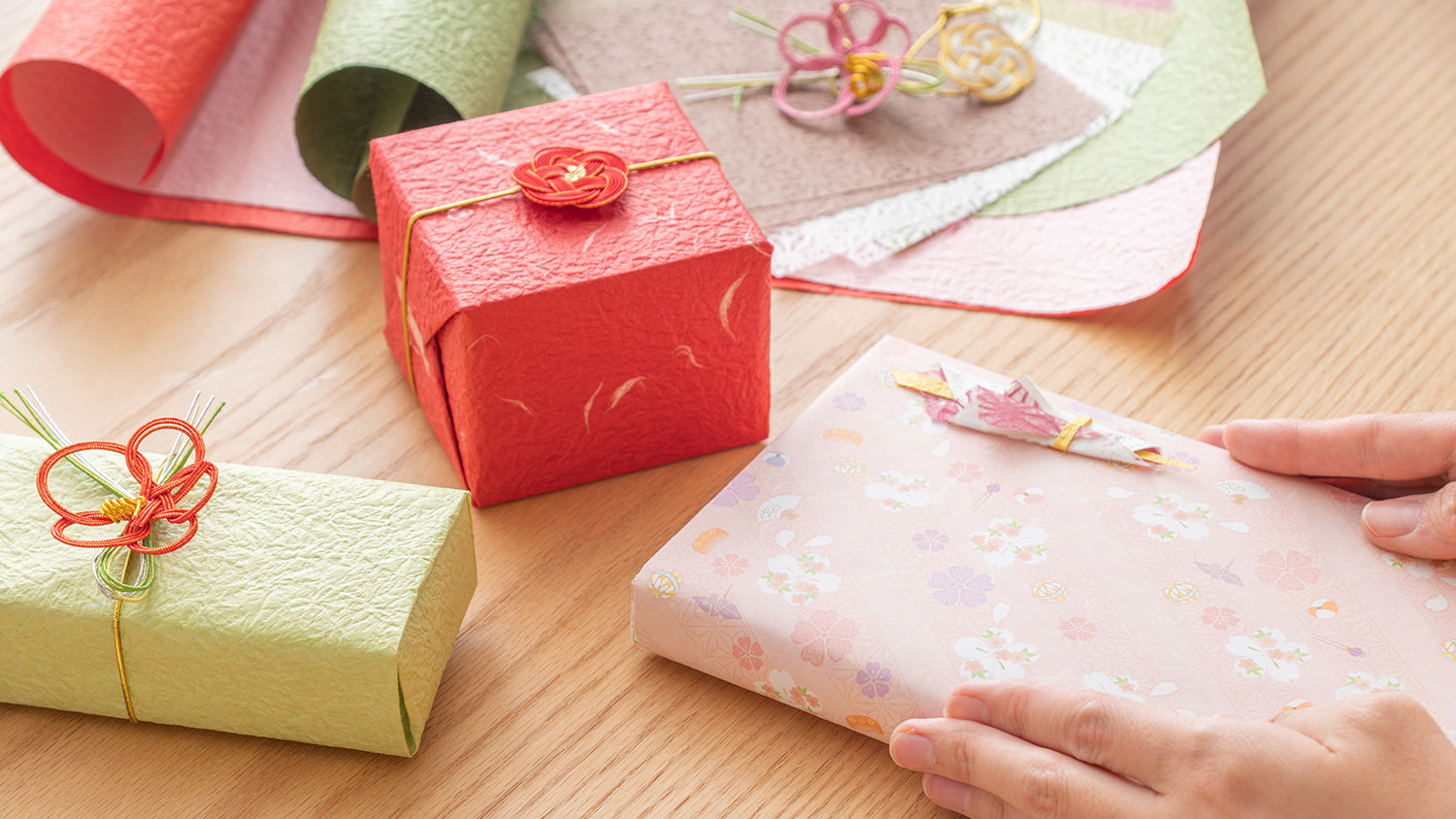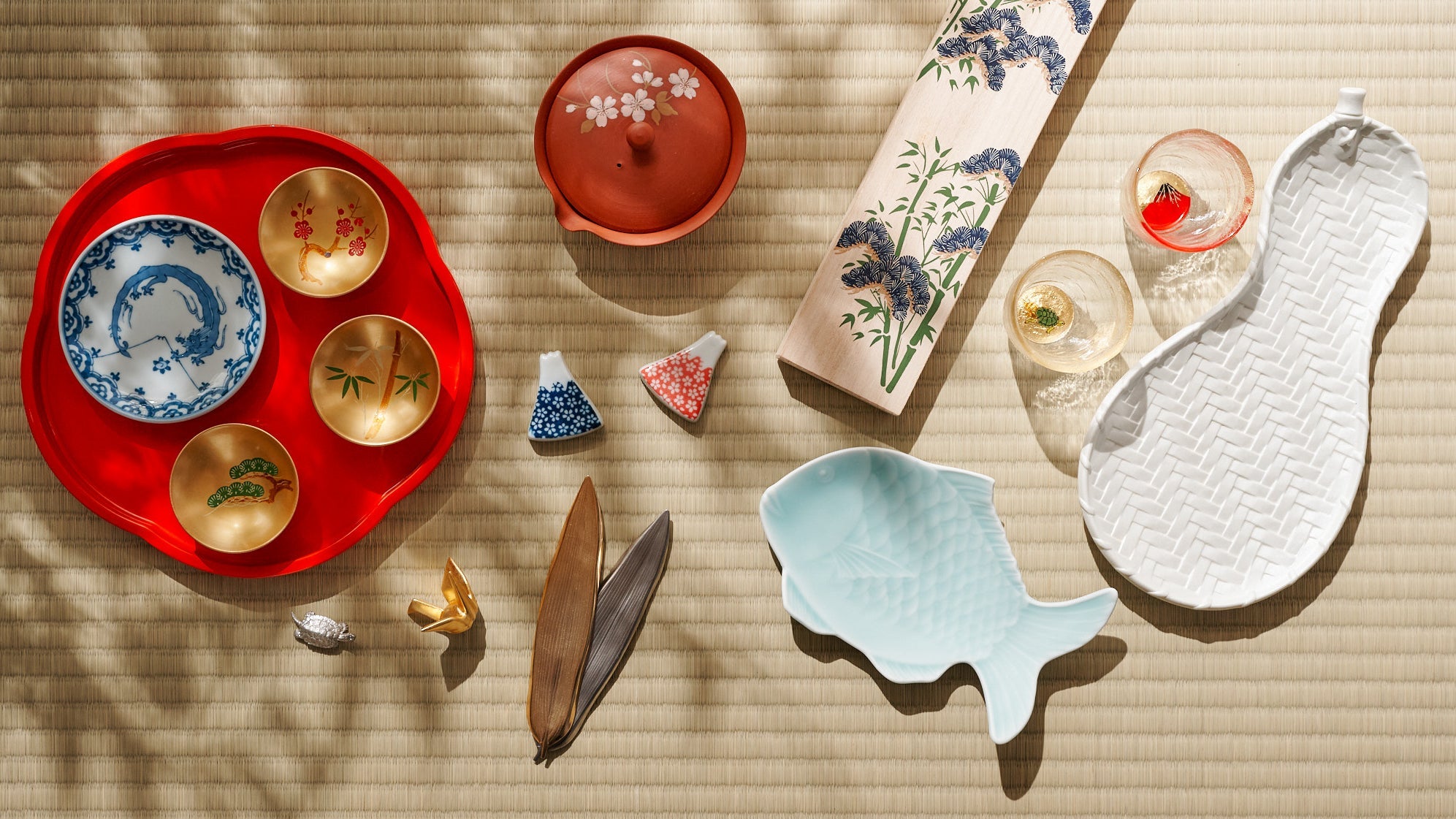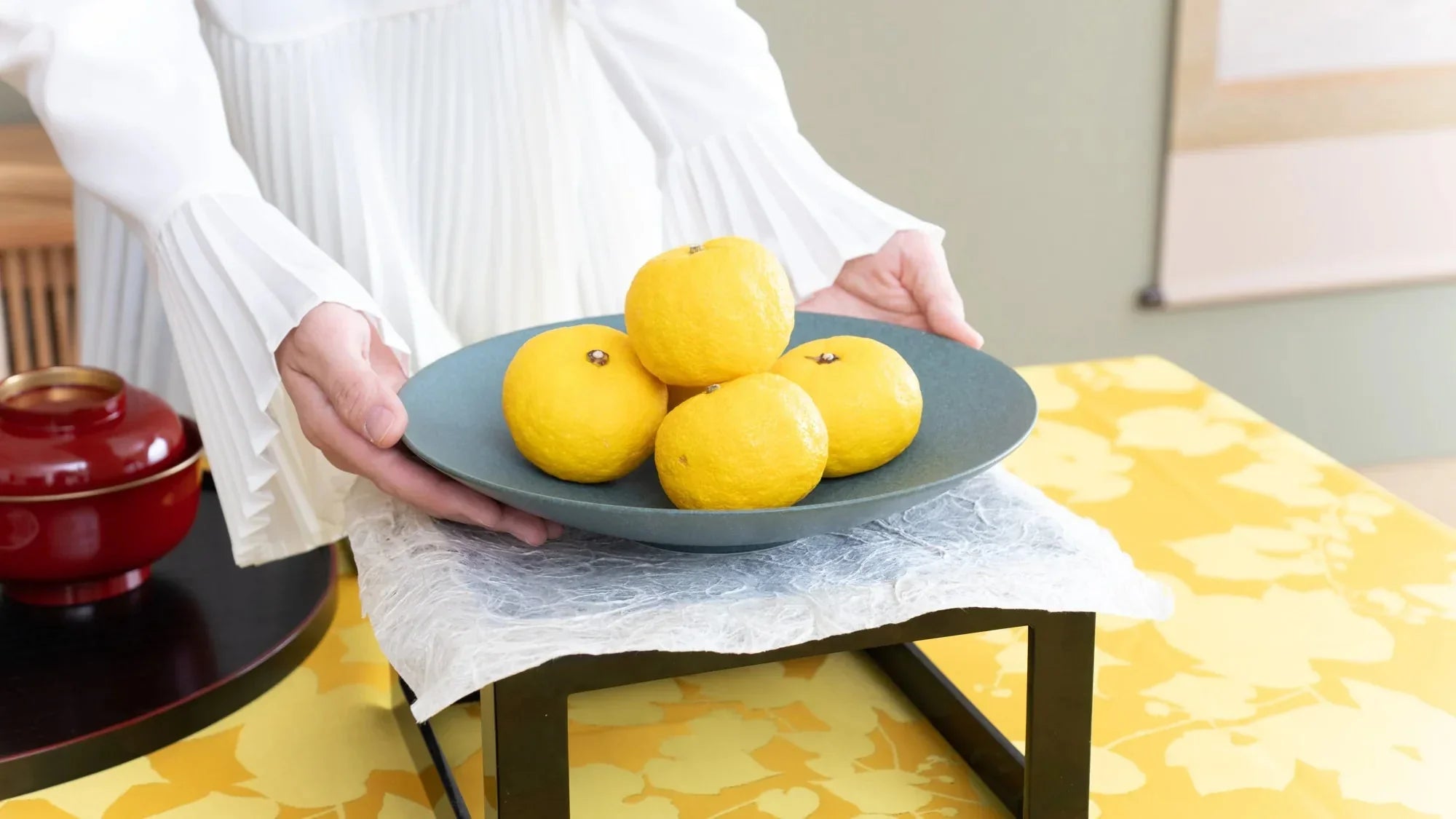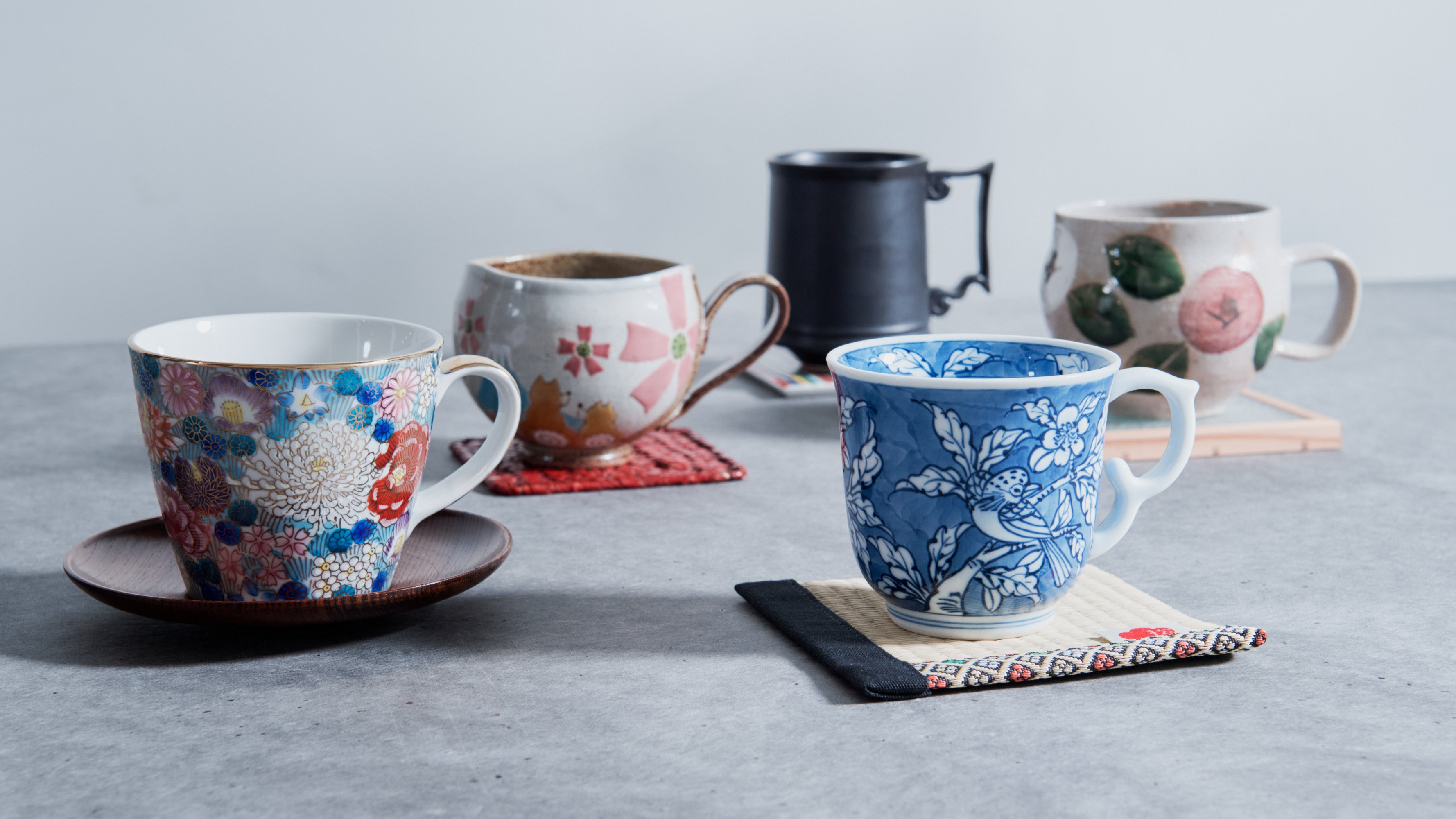Kutani ware
RSS-Feed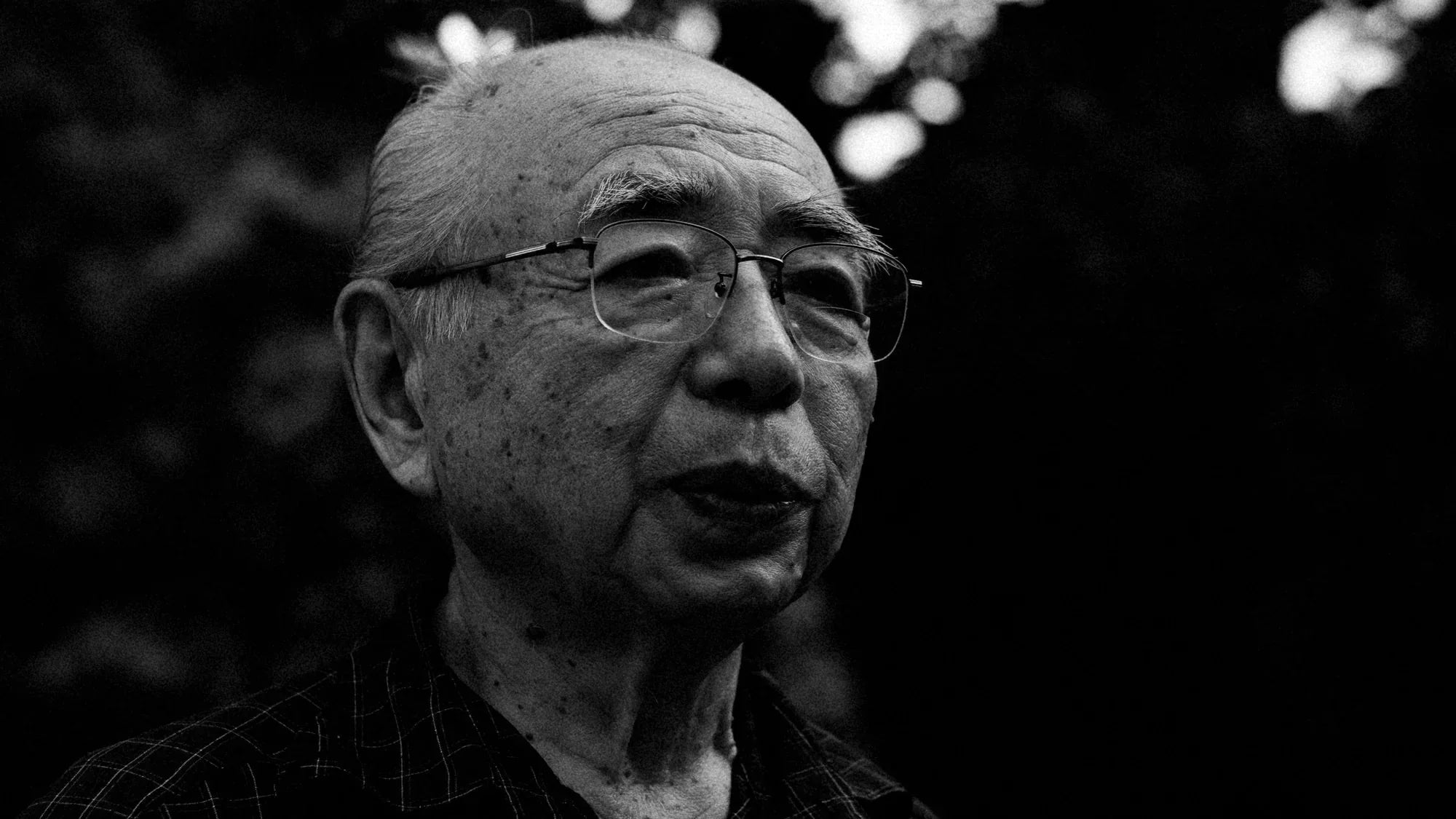
Reiche der Verzauberung: Leben und Kunst von Yoshita Minori
Yoshita Minori verlieh diesem prestigeträchtigen japanischen Handwerk außergewöhnliche Kunstfertigkeit, insbesondere durch seine Beherrschung der Yuri-Kinsai-Technik.
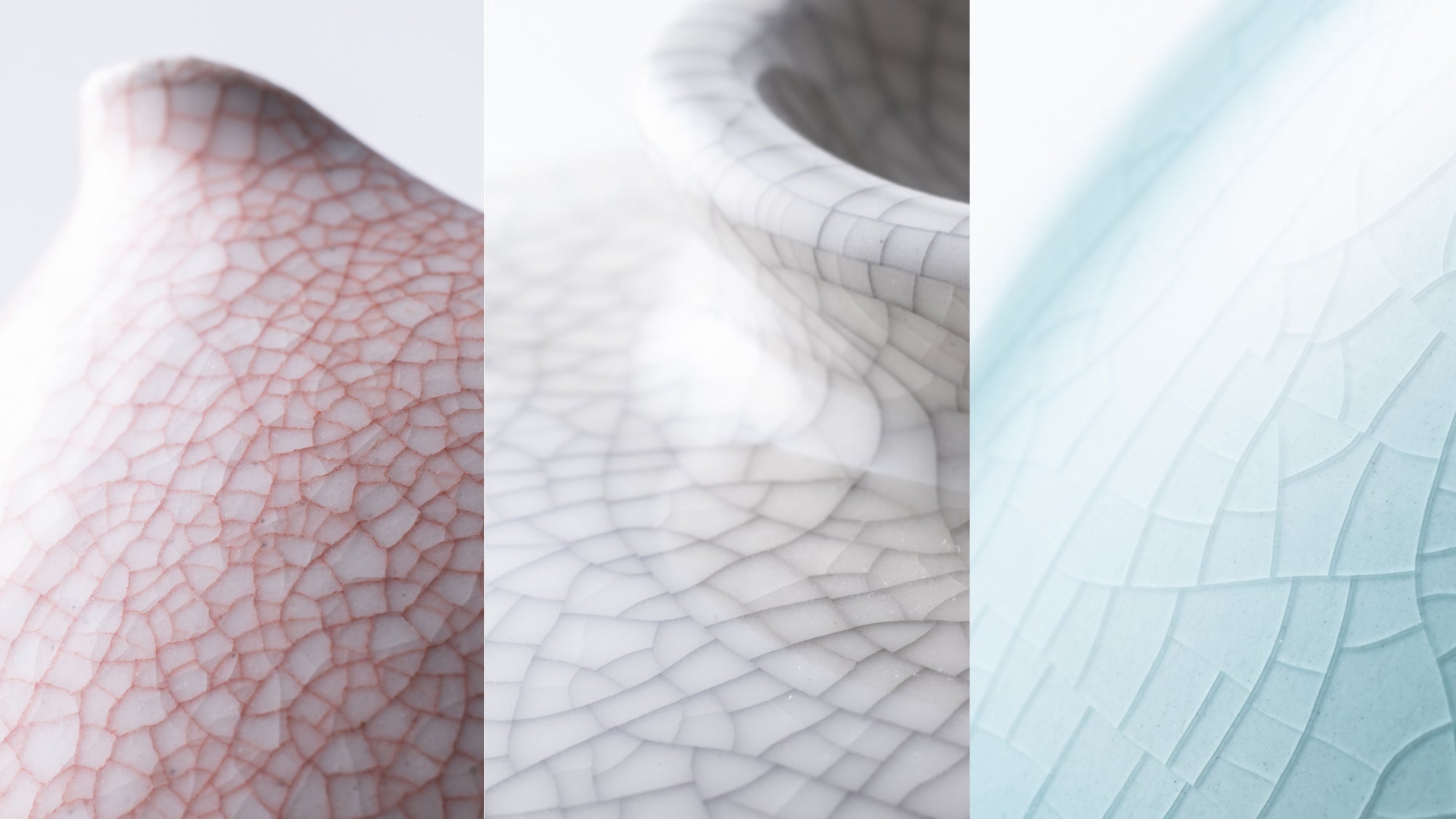
Unvollkommene Schönheit: Den Code von Kannyu knacken
Entdecken Sie die Geschichte von Kannyu, dem Namen der Krakelee-Oberfläche auf glasierter Keramik, die bis ins 10. Jahrhundert zurückreicht.
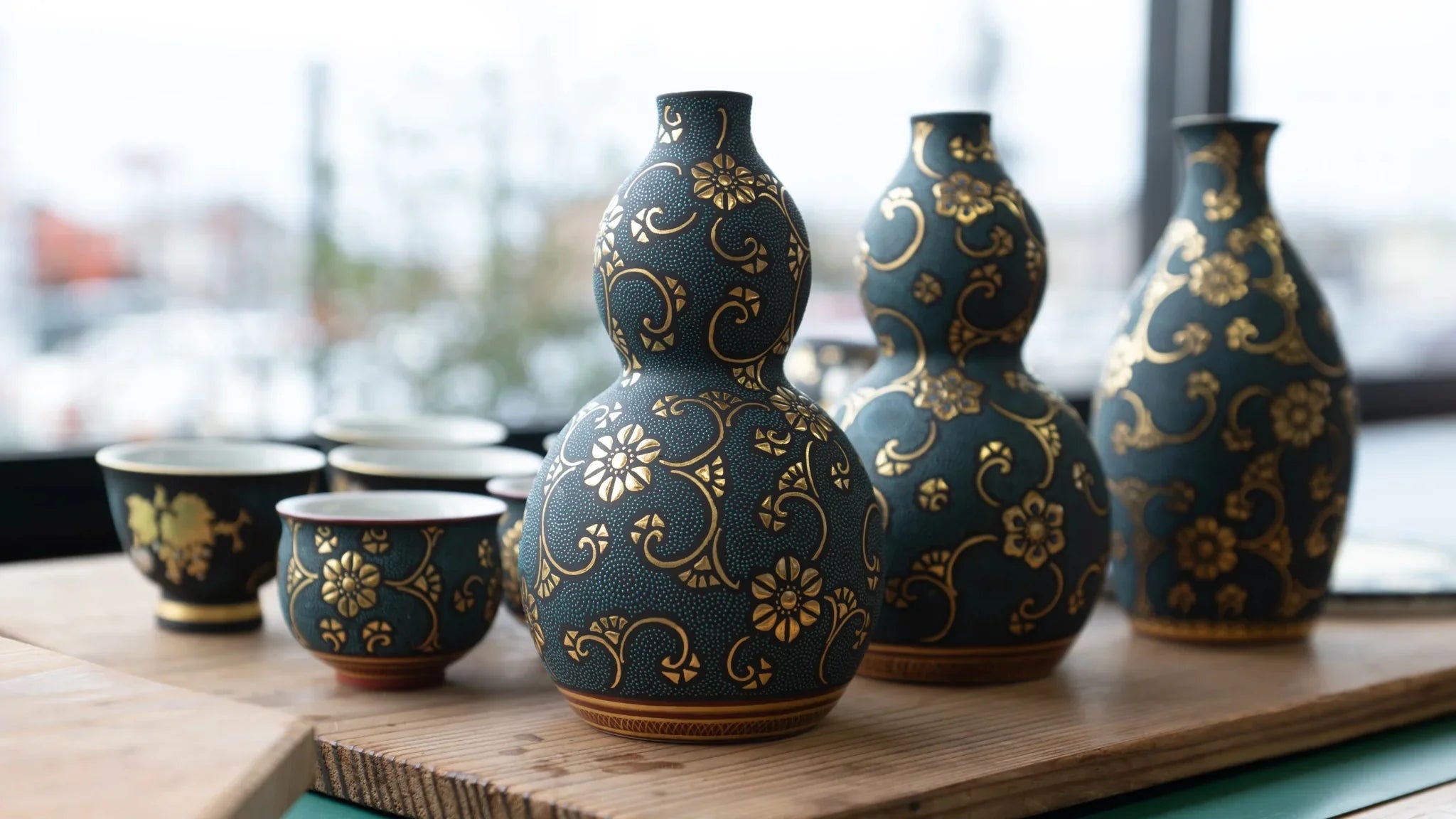
Verborgene Schätze der Kutani-Ware: Ein Besuch bei den Kunsthandwerkern der Stadt Komatsu
Dieses Mal unternahmen wir eine zweitägige Reise mit einer Übernachtung, um Kutani-Keramikkünstler in Nomi City und Kaga City zu besuchen.
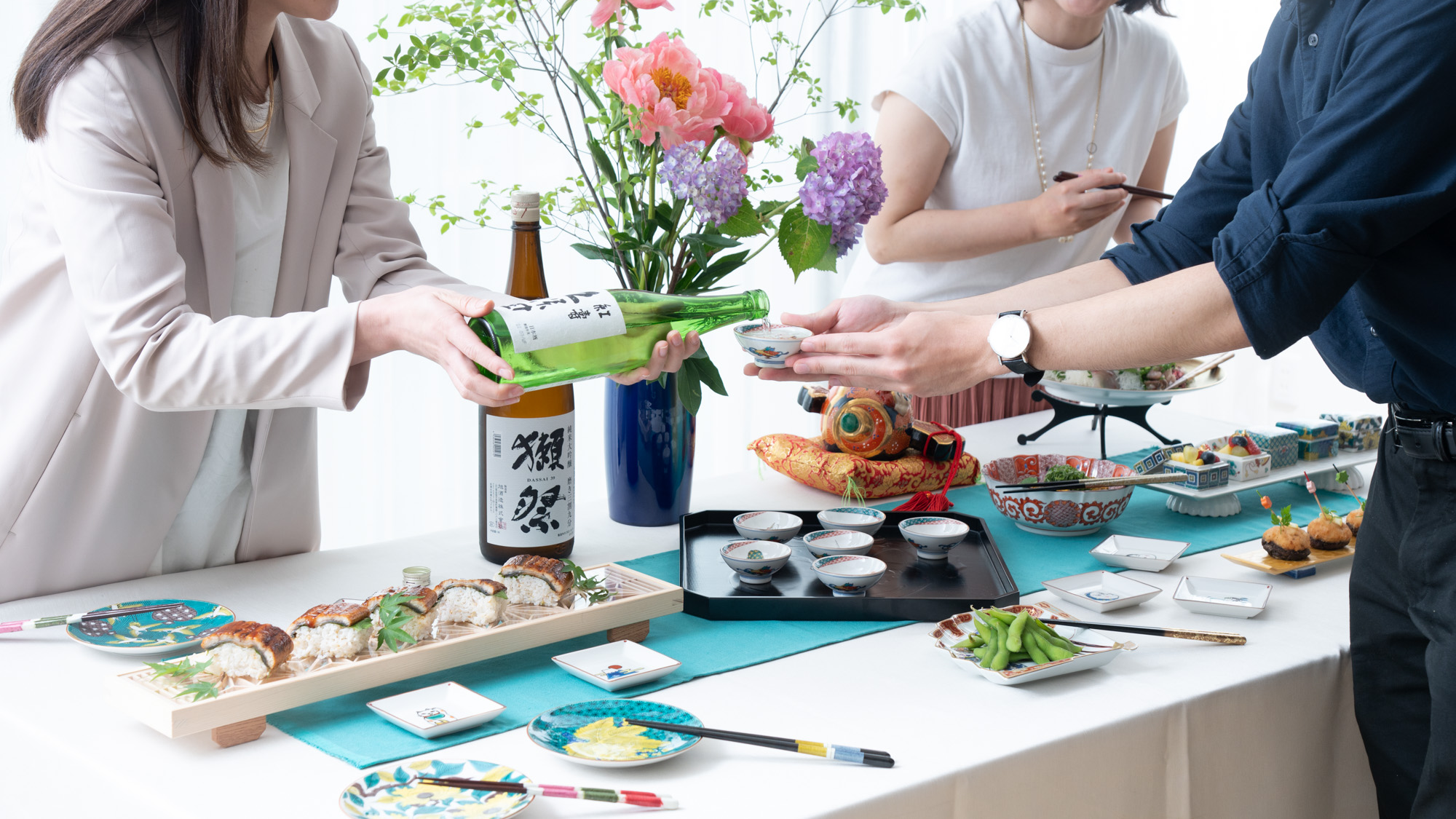
Kutani Elegance: An Exquisite Table Decor for a Sophisticated Office Party
Enjoy the elegance and sophistication of exquisite Kutani tableware with this unique office party buffet table.
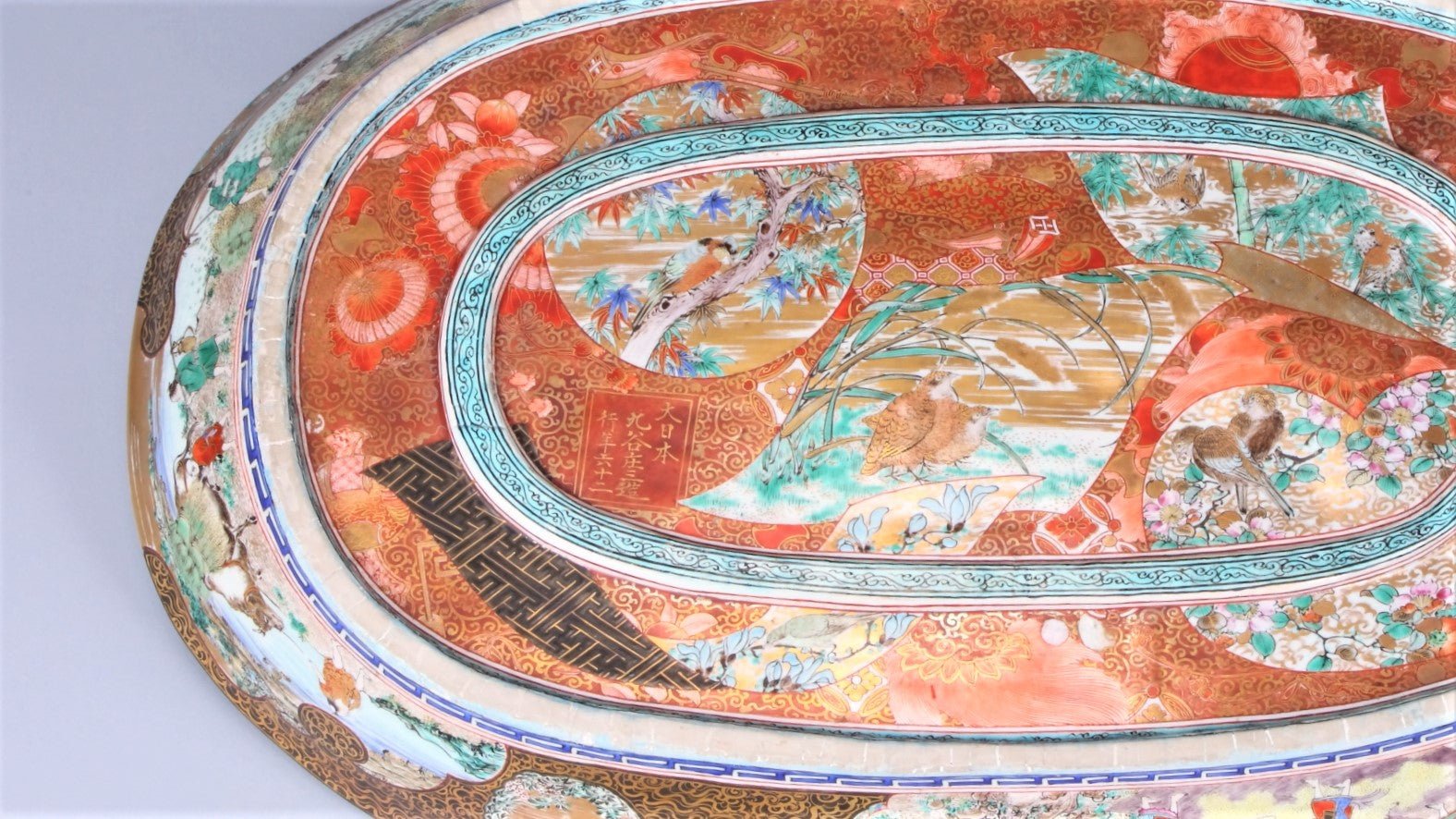
Der Shoza-Stil ist ein schöner und prächtiger Malstil, bei dem neben dem traditionellen Kutani Gosai auch Farben im westlichen Stil verwendet werden.
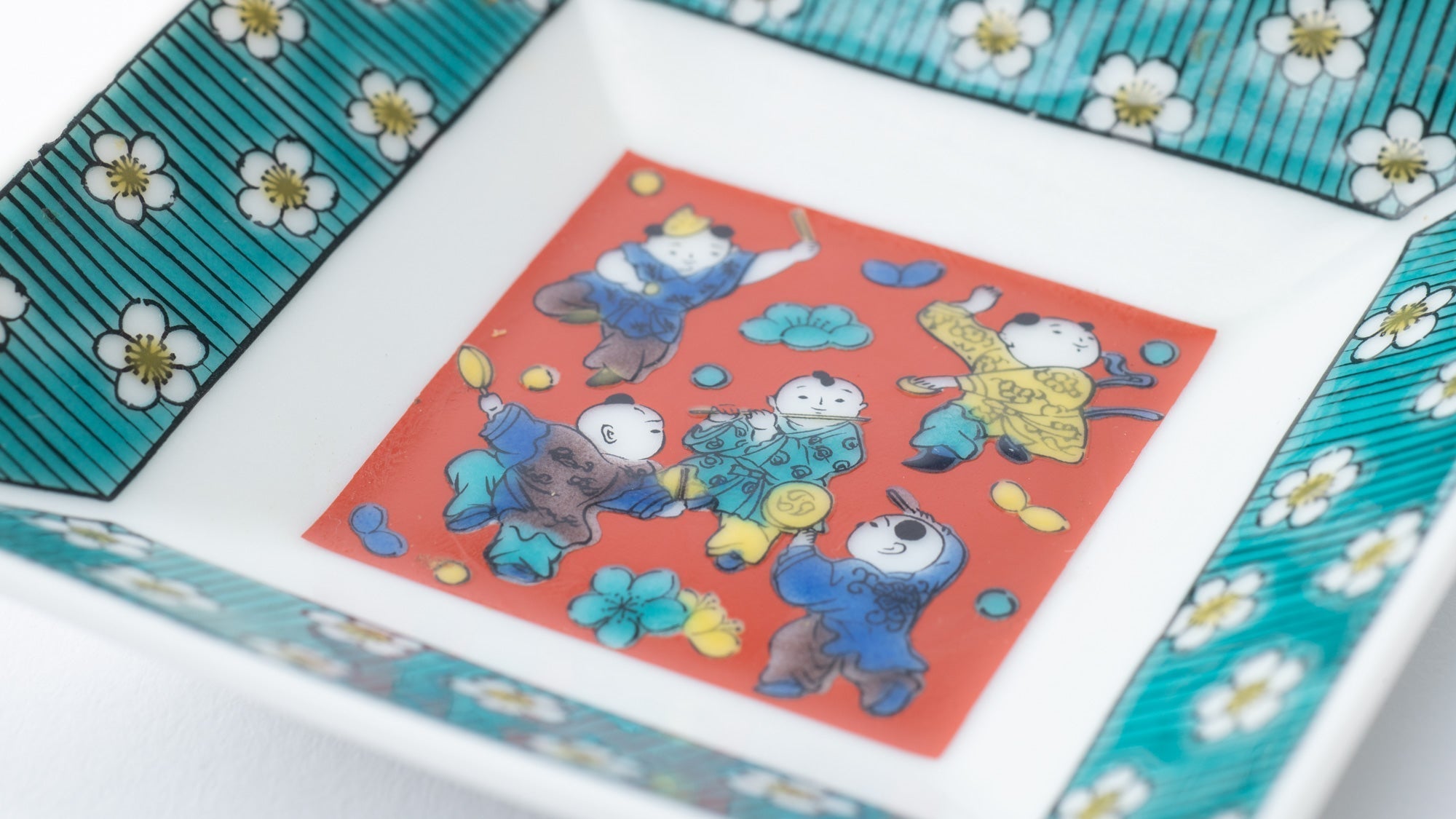
Mokubei ist ein Stil, der sich dadurch auszeichnet, dass leere Stellen mit beruhigenden roten Pigmenten gefüllt werden.
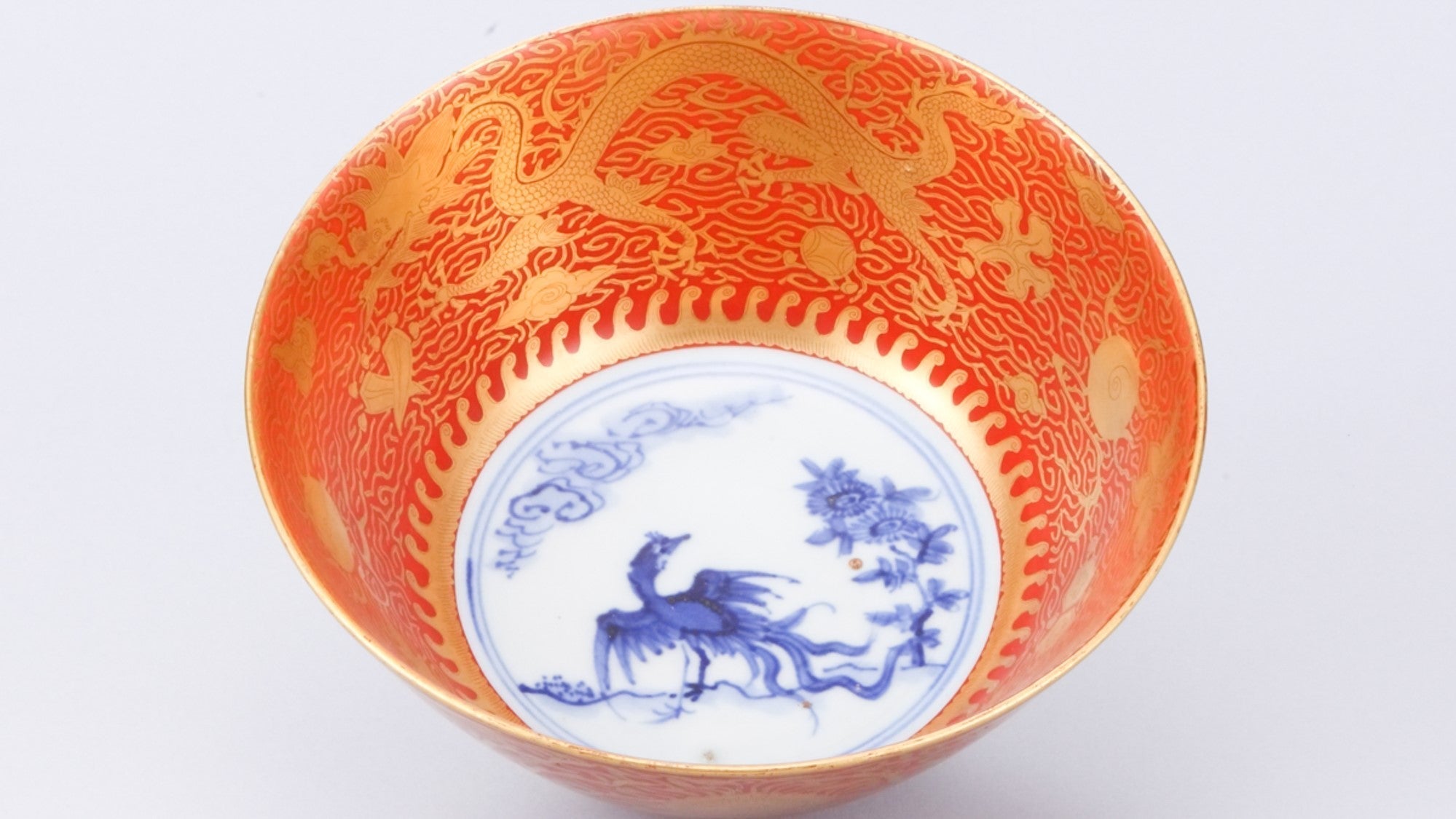
What is Akae-Kinrande "Eiraku" Style?
Akae-kinrande is a gorgeous, sophisticated, and graceful style of Kutani ware. It has a gold design with a red background.
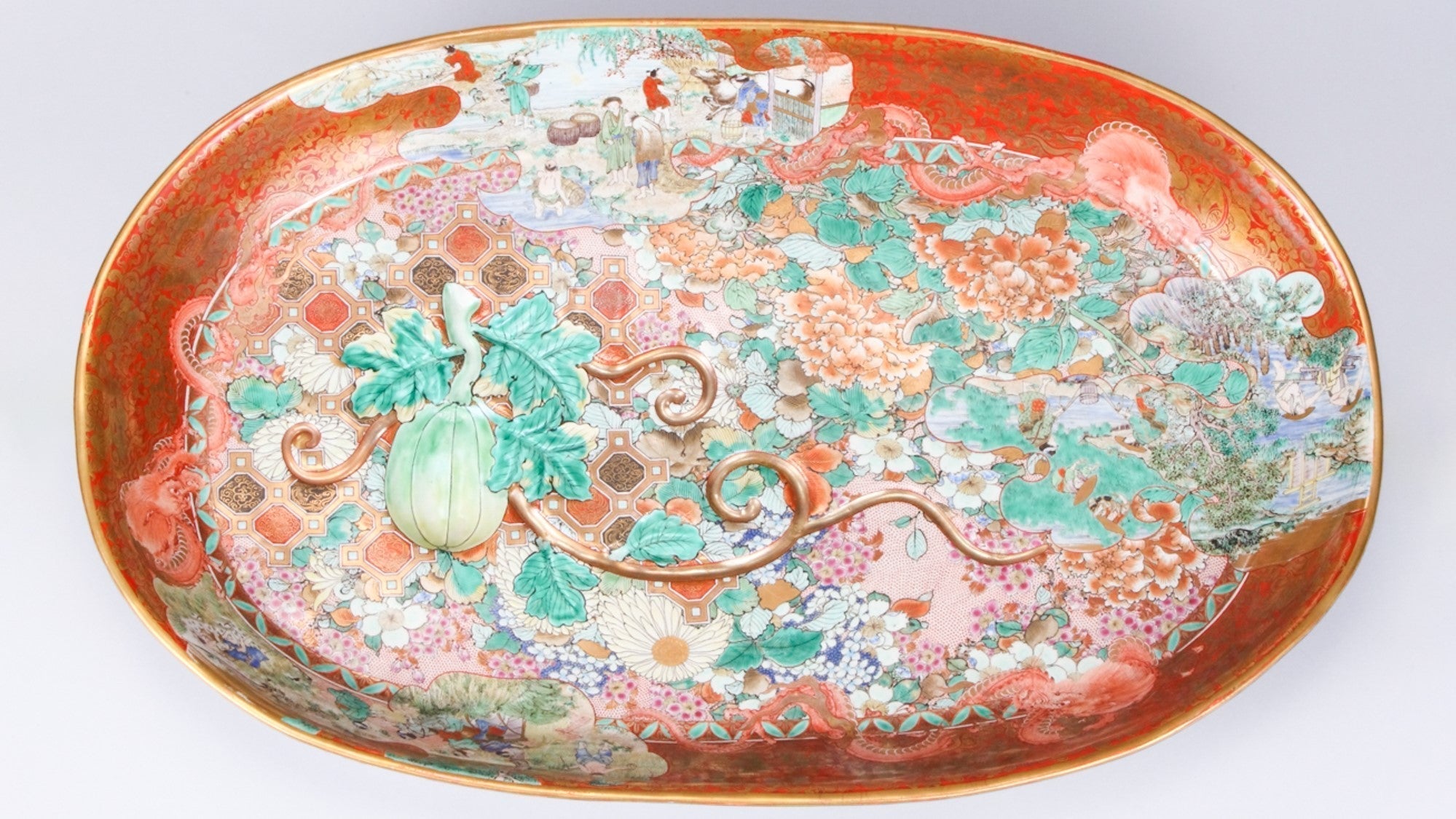
Interview with Nakaya Shinichi, Specialist of Kutani Ware - History Part 2
Shin-ichi Nakaya, Director of The Kutani porcelain Art Museum discusses historical stories and painting styles of Kutani ware.
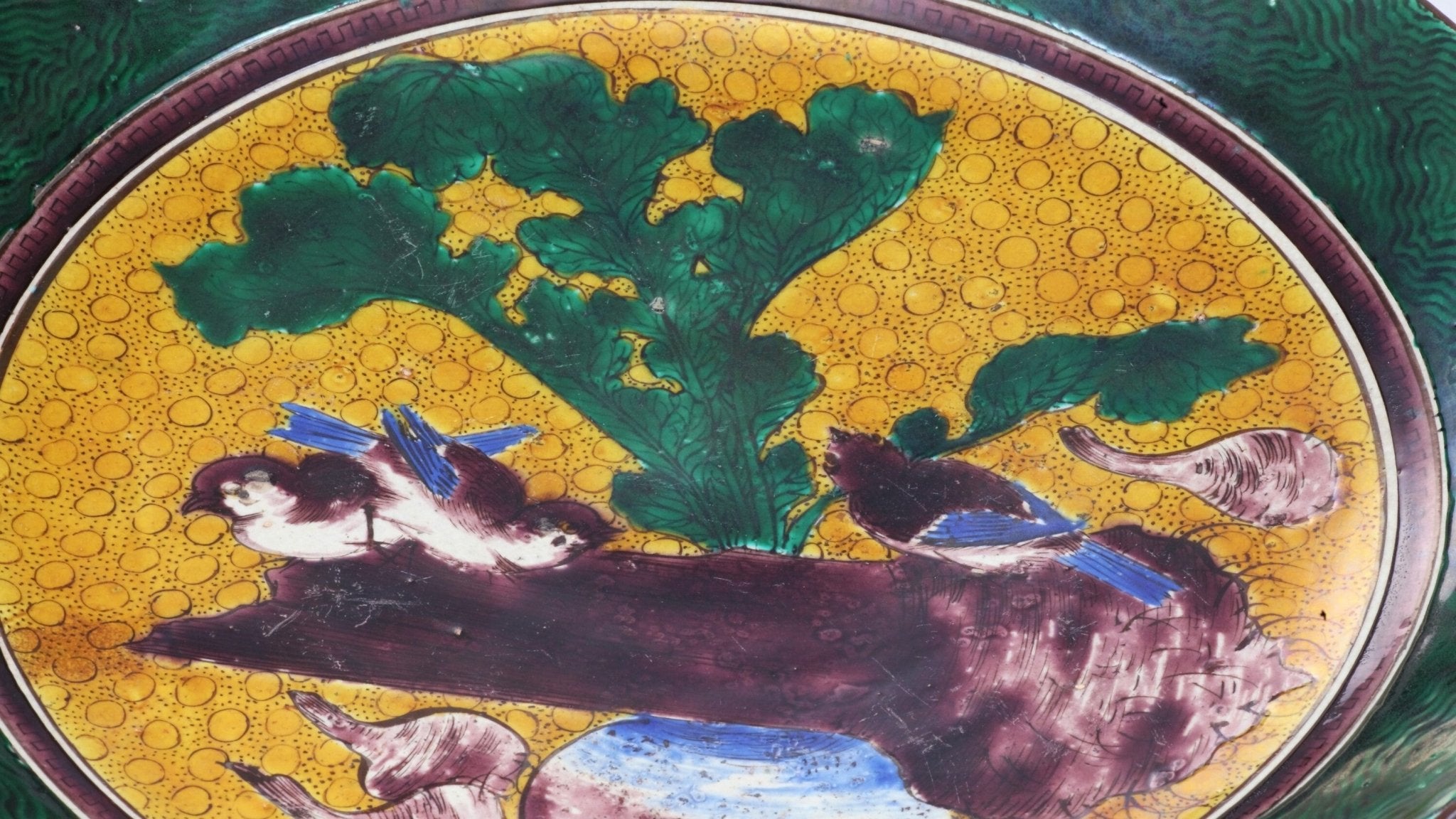
What is Kutani Yoshidaya Style?
Yoshidaya style’s charm is its use of translucent pigment and delicate painting style, as well as its refined designs.
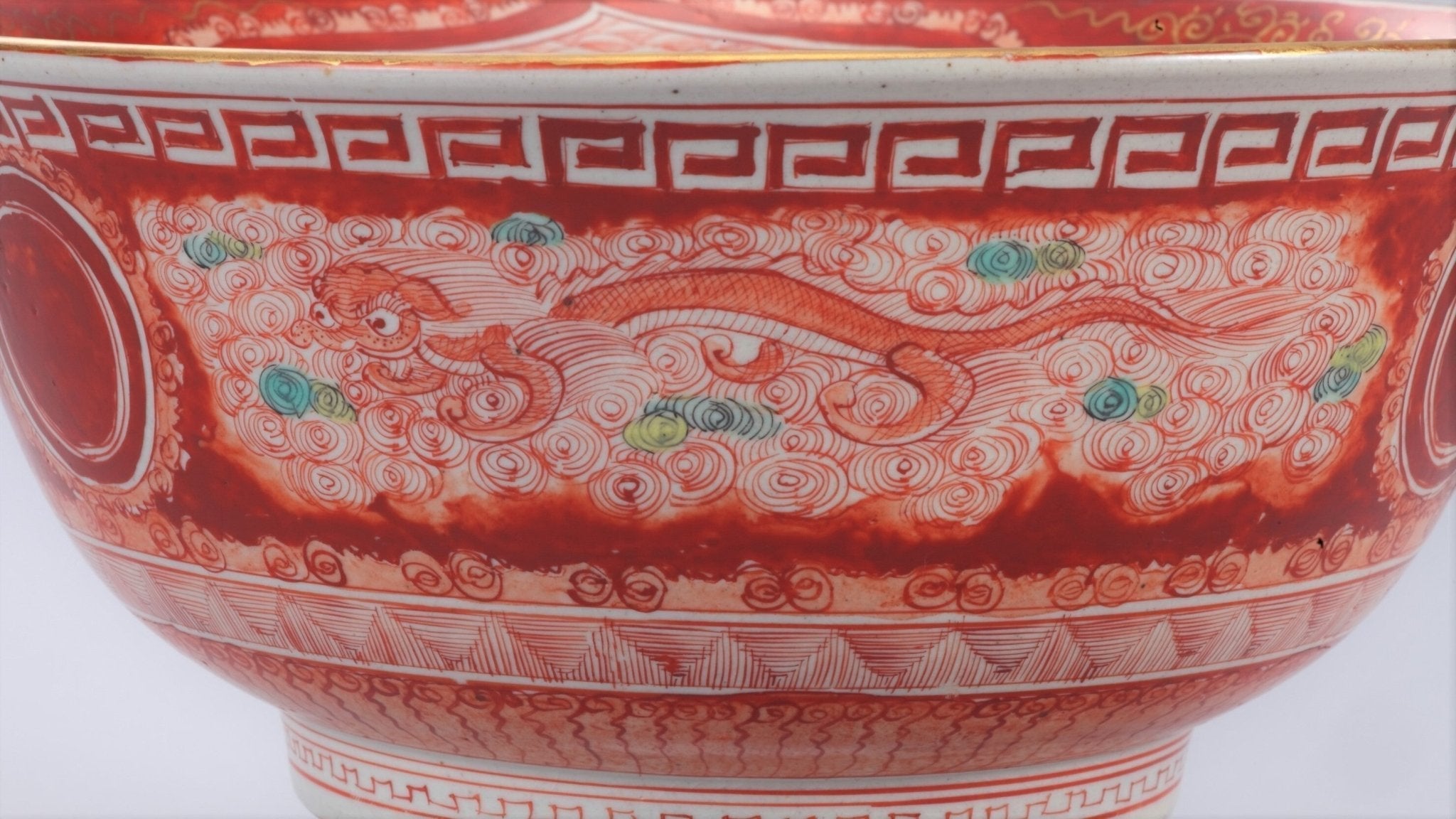
What is Akae-Saibyo "Iidaya" style?
Akae-saibyo–red dots and lines with intricate detalization–has an eye-catching, detailed beauty.
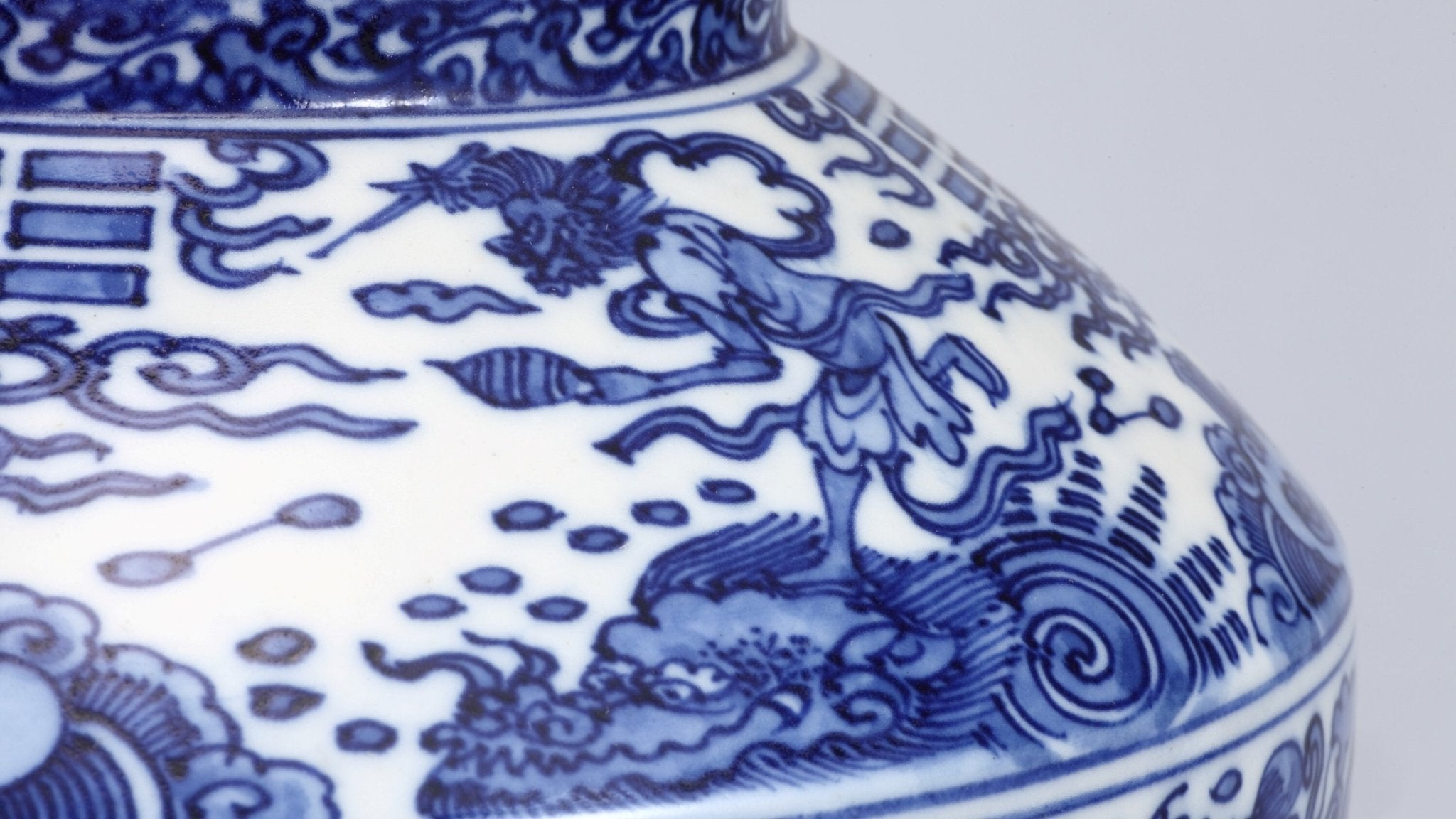
What is Kutani Sometsuke Style?
Sometsuke is a style that paints a canvas only in indigo pigments. The beauty of this style attracts the viewer with its subtleness.
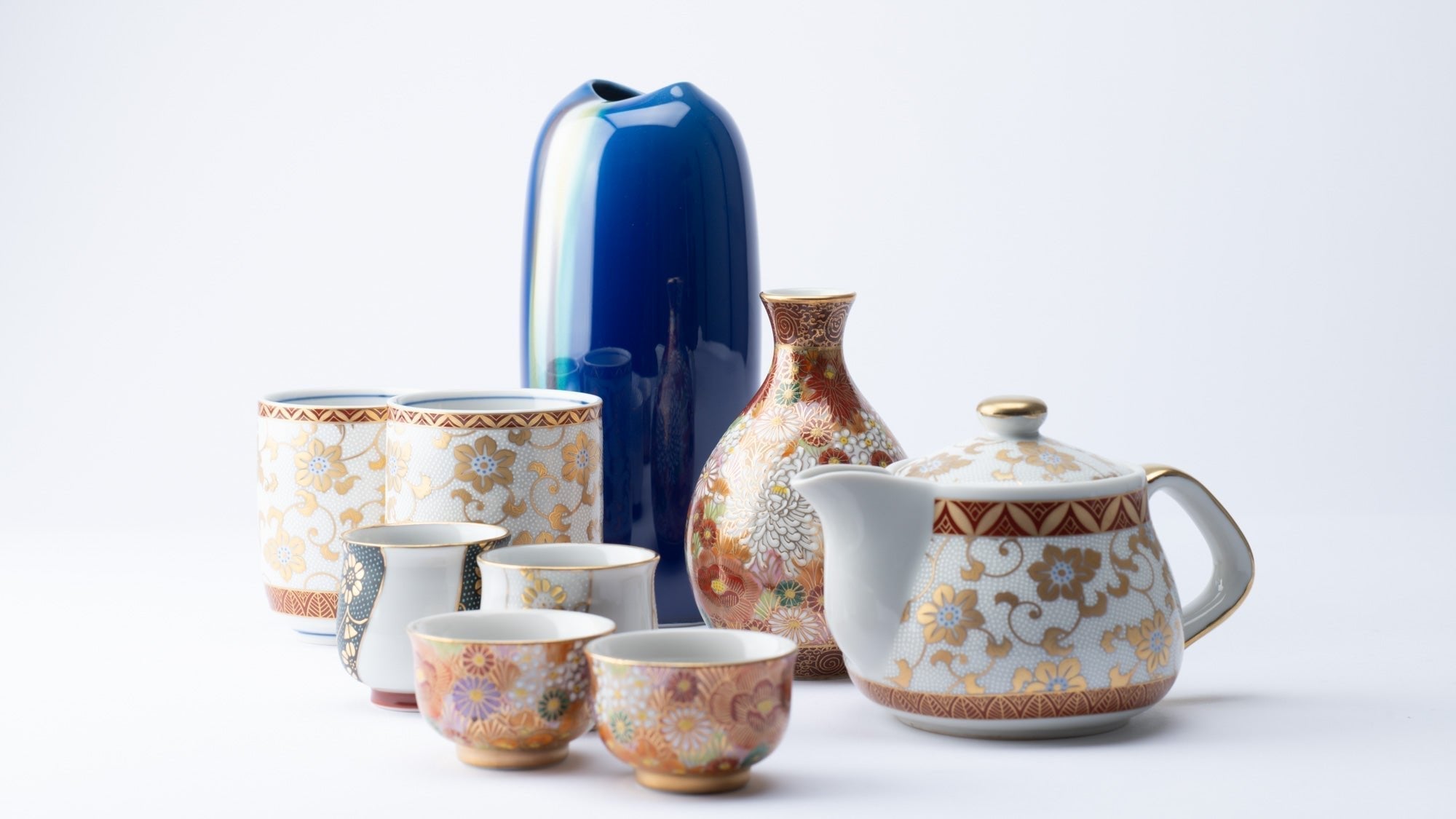
Kutani Ware Styles Born from Japan's Modernization
There are various Kutani ware styles and techniques, ranging from gosai-de derived from Ko-Kutani, to the popular Akae–fine red painting.
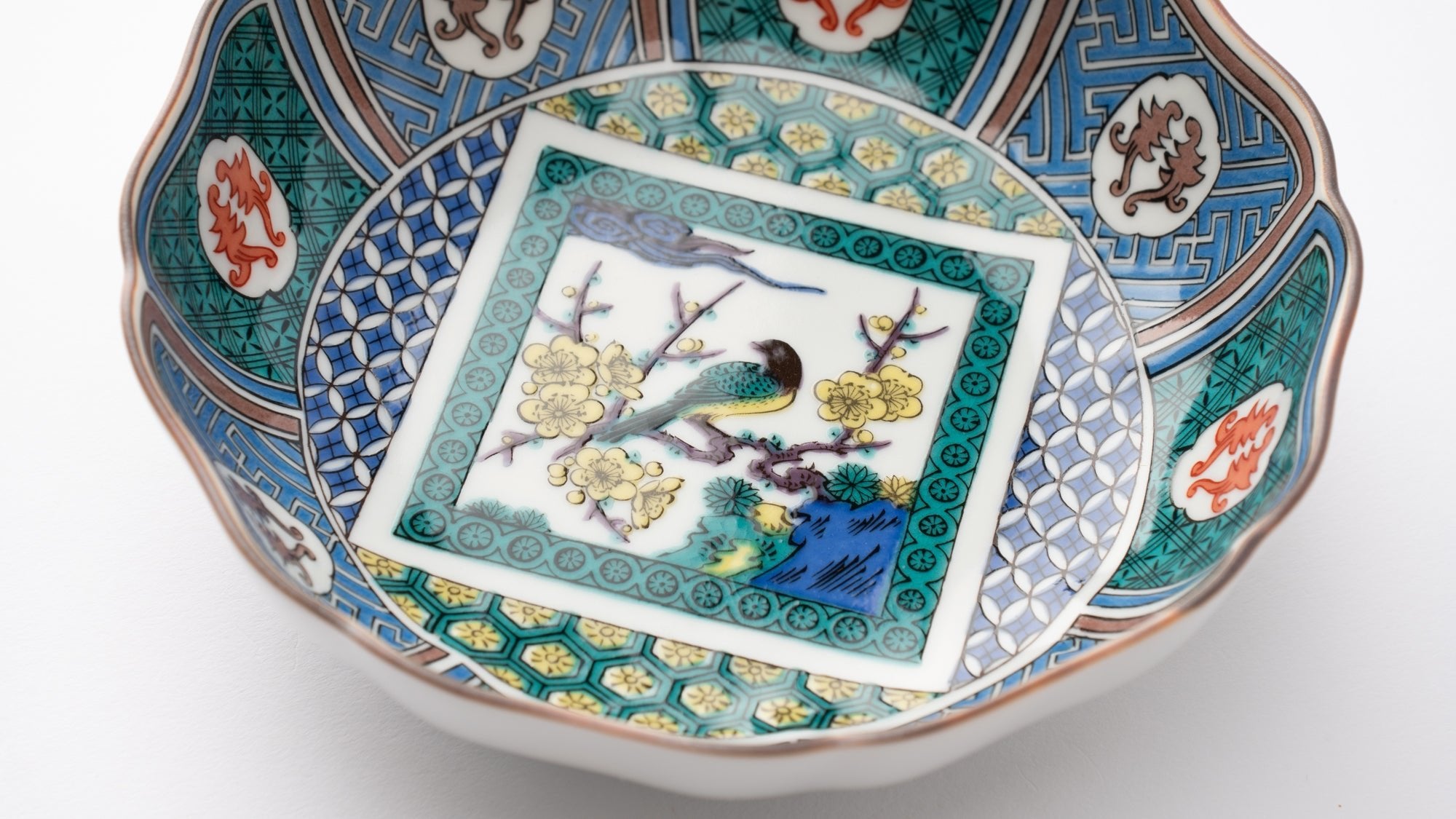
Discover the bold colors and dynamic brushwork of Ko-Kutani style, the vibrant origin of Kutani ware still admired today.
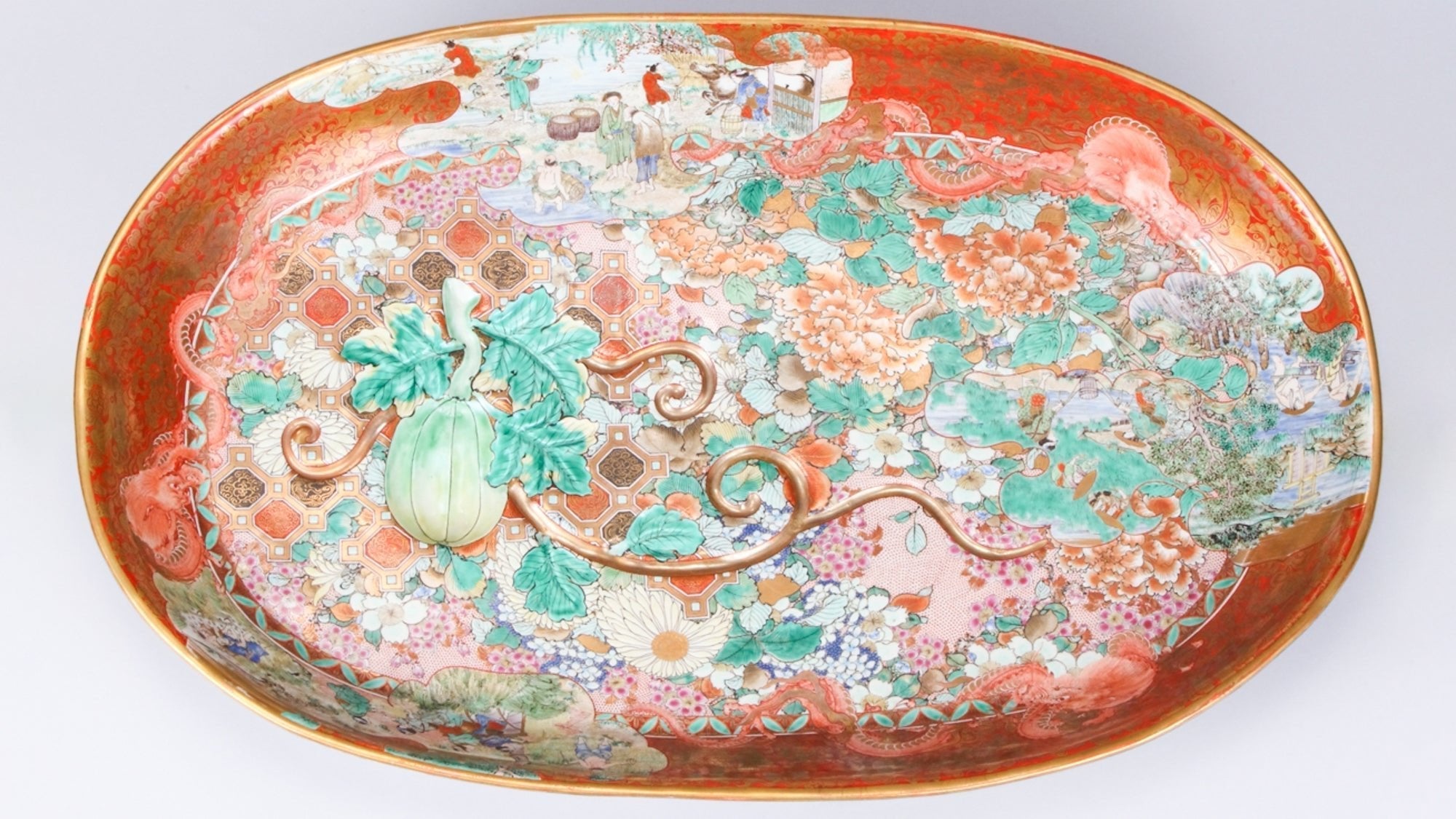
Interview with Nakaya Shinichi, Specialist of Kutani Ware - History Part 1
Kutani ware was introduced in 1655, during the early Edo period (1603-1868), by Maeda Toshiharu, the Lord of Kaga-Daishoji Domain.
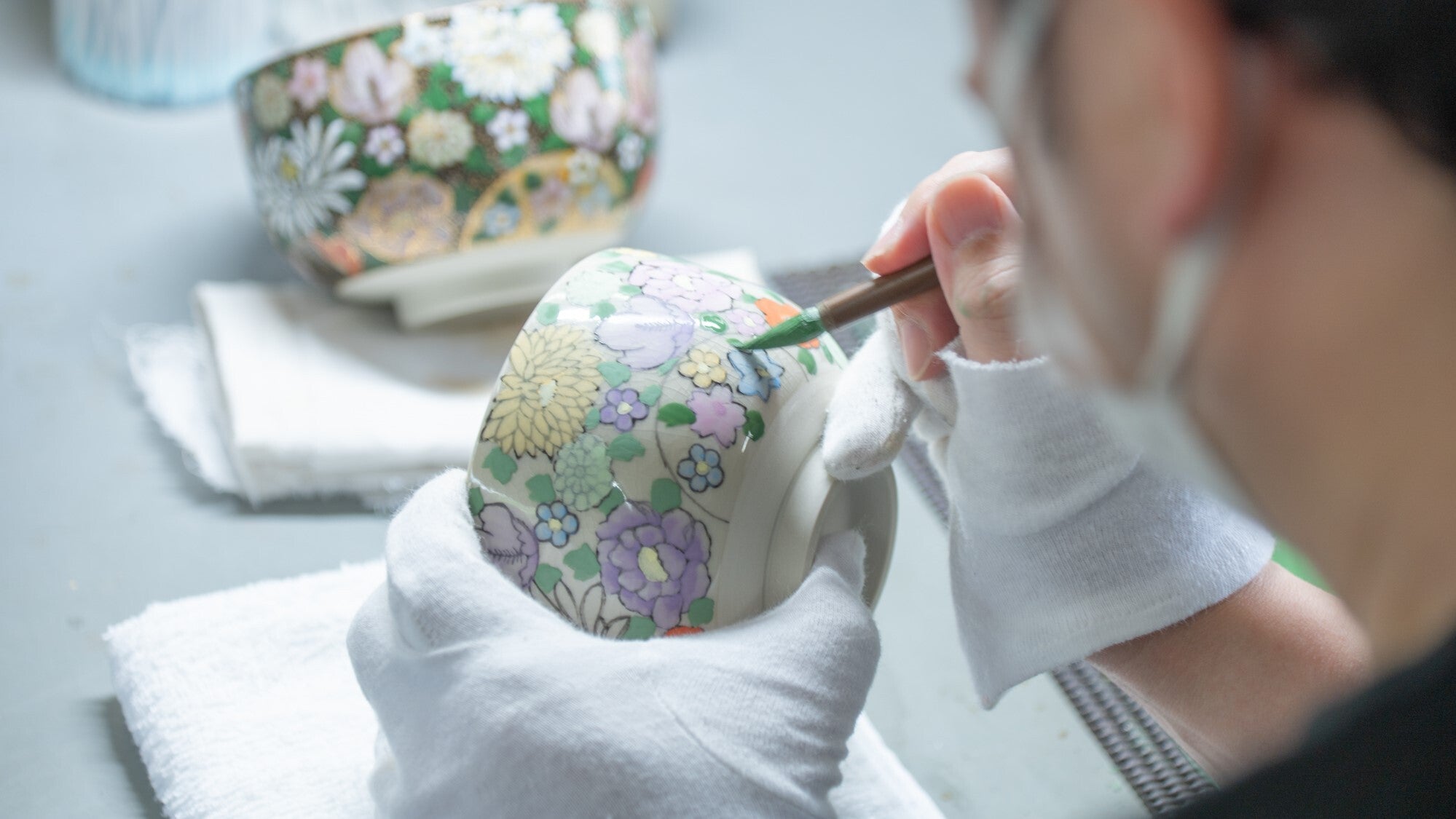
The Process of Making Kutani Ware
Kutani ware, while its vivid hues and bold patterns set it apart among Japanese ceramics, is produced through many processes.


